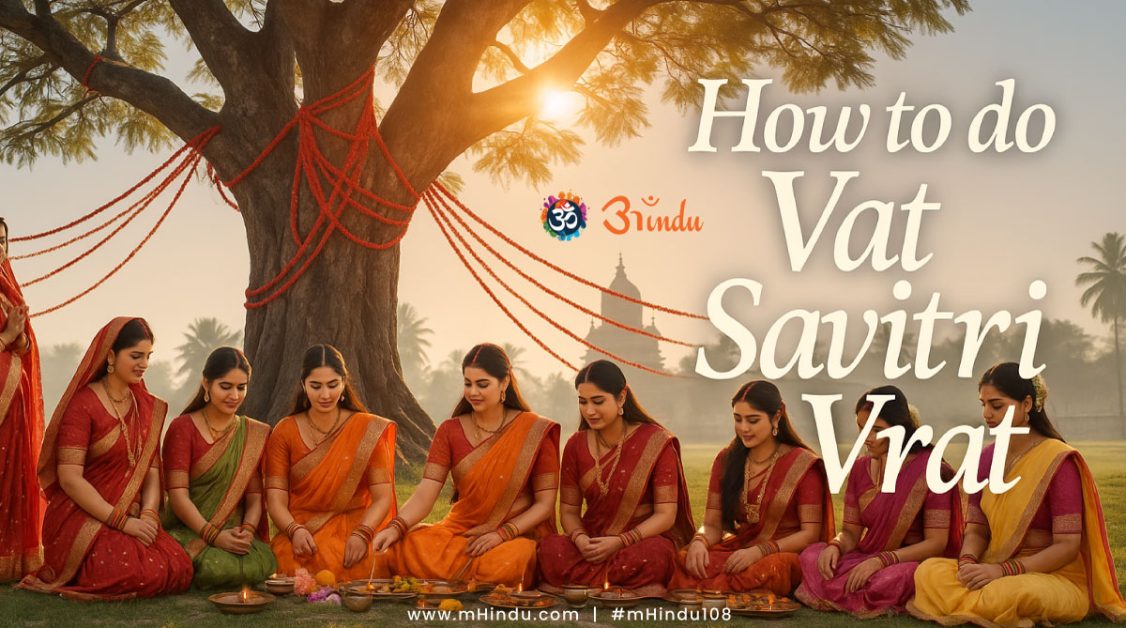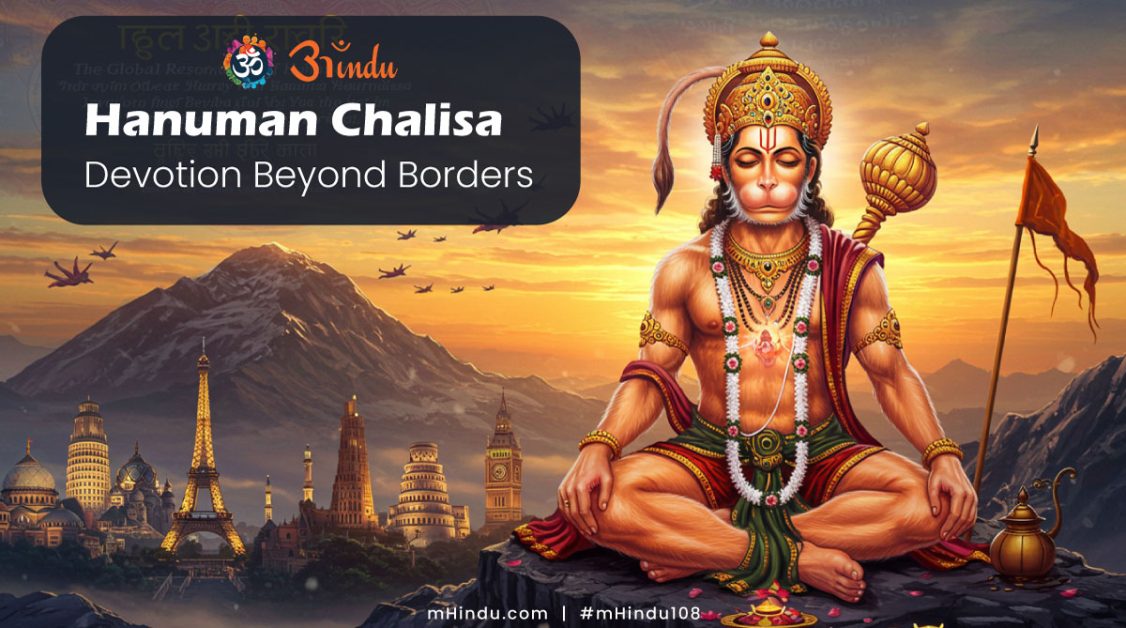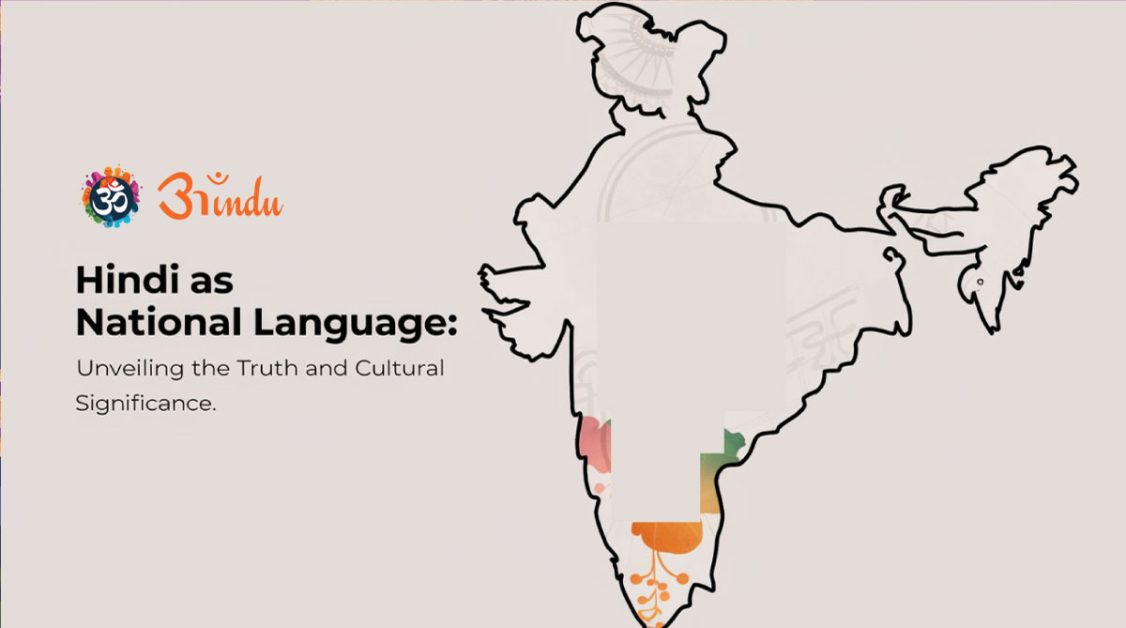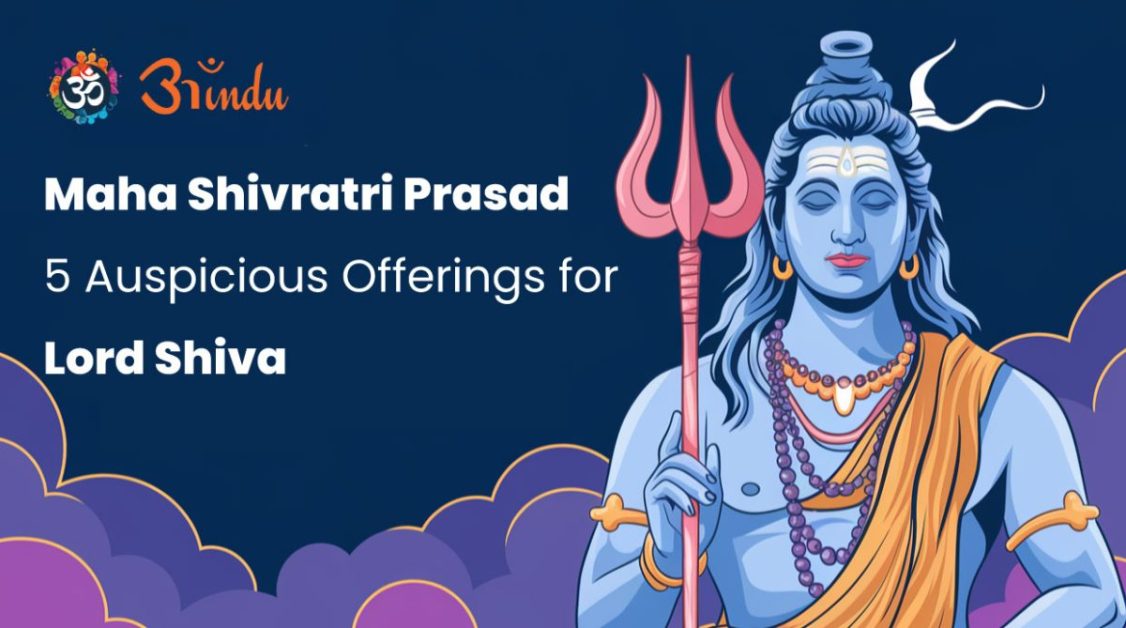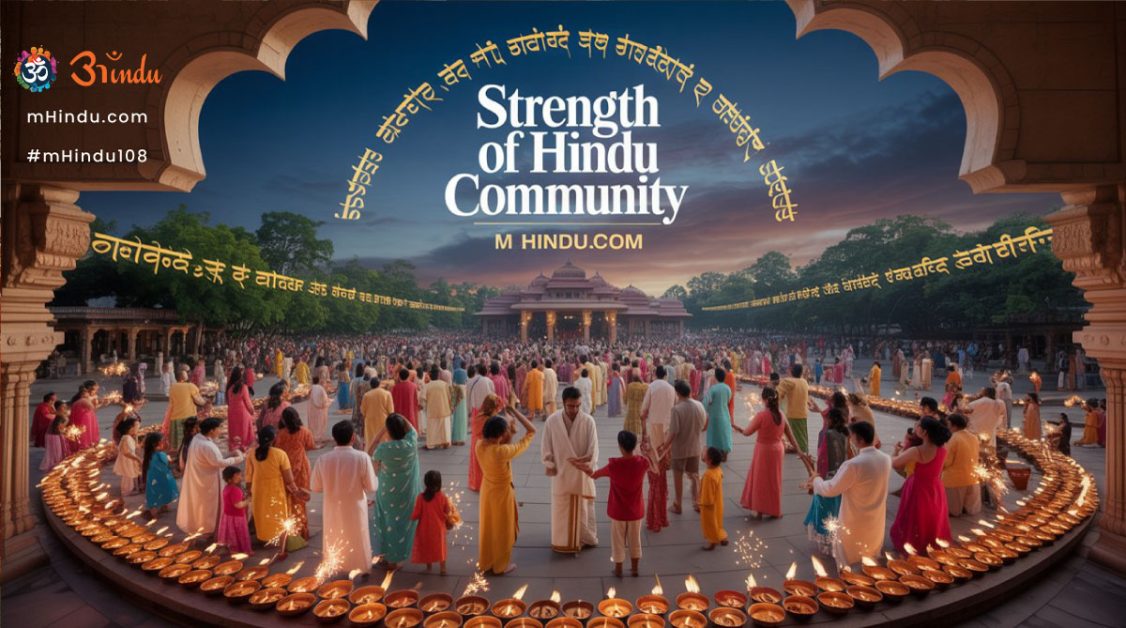
The Silent Power That Sustains a Civilization
In every sacred chant echoing through a temple, in every diya lit during a village festival, and in every act of dharma quietly lived each day by millions, there lies the enduring strength of Hindu community. It is not always vocal. It does not always march on the streets or flash across headlines. Yet, it flows like a sacred river—constant, life-giving, and deeply rooted in timeless values.
Explore Blog Content
ToggleThe strength of the Hindu community lies in its diversity and unity, in its ability to preserve tradition while adapting to change. It is carried forward not only by saints and scholars but by ordinary families who still begin their day with a prayer, who pass on values through stories, and who see divinity not only in temples but in trees, rivers, and relationships.
This is not a strength forged by conquest or coercion. It is a spiritual strength, rooted in Sanatan Dharma, in the idea that dharma is not just religion—it is living in harmony with the cosmos, with nature, with oneself.
One may ask, in a fast-moving, globalized world, does such strength still matter? The answer is found not in theory but in life itself. From yoga studios in the West to Vedic schools in Indian villages, from temples in Bali to Hindu festivals in New Jersey, the pulse of Sanatan Dharma beats steadily, globally.
This blog will explore ten powerful reasons why we must recognize, reflect on, and celebrate this incredible resilience and spiritual wealth—why the strength of the Hindu community is something not just to be remembered, but to be lived with pride and responsibility.
Let us begin where all understanding in Hinduism begins—not with conquest, but with consciousness.
Cultural Continuity Over 5000+ Years
Few civilizations in human history have sustained their core beliefs, rituals, and spiritual traditions across millennia. The Hindu community, however, stands as a remarkable example of unbroken cultural continuity.
This is the only surviving civilization that still chants the same Vedas composed thousands of years ago, still celebrates the same festivals rooted in cosmic rhythms, and still teaches the same Upanishadic truths about the soul and the universe.
This continuity is not accidental. It is the fruit of a community that lives its values quietly and persistently—through family traditions, village customs, temple rituals, and guru-disciple lineages.
One can visit a village in Tamil Nadu or a valley in Uttarakhand and find people who still celebrate the full moon (Purnima), honor cows, observe fasts, and recite shlokas passed down orally through generations.
This continuity is the first expression of the strength of the Hindu community. It proves that spiritual culture, when rooted in truth and lived sincerely, can outlive empires.
Sloka Reference:
“Sanātanaḥ sa dharmo yaḥ anādiḥ apauruṣeyaḥ”
(That dharma which has no beginning, and is not man-made, is Sanatana Dharma.)
This sloka reminds us that what survives eternally is not what is man-made, but what aligns with eternal truth.
What keeps Hindu culture alive for thousands of years?
It is the family unit, daily practices like puja, storytelling traditions, and the decentralized nature of Hinduism—there is no central authority, yet millions preserve it voluntarily. This organic transmission ensures resilience.
Is Hinduism the oldest living religion?
Yes, Hinduism—referred to as Sanatan Dharma—is widely acknowledged as the world’s oldest living spiritual tradition, dating back over 5000 years. Its endurance is a testimony to the community’s strength and adaptability.
Deep Family and Community Bonds
The Hindu worldview does not see the individual as isolated, but as part of a larger dharmic framework of relationships—family, community, nature, and the divine. This interconnectedness is not just philosophical—it shapes daily life.
Joint families, reverence for elders, respect for teachers (gurus), and community-centered festivals all reflect a deep culture of relational strength. Even today, millions of Hindus return to their native places for festivals like Diwali or Pongal—not out of obligation, but out of a heartfelt connection.
In Hindu homes, marriage is not a contract—it is a samskara, a sacred rite. Raising children is not just parenting—it is passing on dharma. Caring for elders is not a burden—it is seva. These values bind the community with threads of responsibility, affection, and reverence.
Even in the diaspora, Hindu communities organize satsangs, yoga classes, Bal Vihars for children, and cultural festivals—carrying these values forward across oceans.
Sloka Reference (Manu Smriti):
“Pitṛrūpo guruḥ smṛtaḥ, mātr̥rūpā tu devatā”
(The father is considered as a guru, and the mother as a goddess.)
This shows how family itself is seen as sacred in Hindu tradition.
Such reverence nurtures psychological well-being, cultural resilience, and spiritual awareness in generations. In a world struggling with loneliness and fragmentation, this strength is invaluable.
Why is family so important in Hinduism?
Family is the first space where values are learned. In Hinduism, parents are seen as divine representatives, and the home is a temple. Family bonds are dharmic, not transactional.
How do Hindu festivals strengthen community bonds?
Festivals like Raksha Bandhan, Holi, and Navratri involve extended families and neighbors. They provide joy, renewal, and reinforce shared values—turning faith into lived culture.
Spiritual Literacy and Inner Discipline
In a world increasingly defined by materialism and external achievement, the Hindu community continues to prioritize inner development—what we call adhyatma. From a young age, children are taught to bow before elders, sit in stillness during aarti, chant mantras, and understand the difference between body and soul.
This culture of spiritual literacy isn’t limited to priests or monks—it flows through ordinary households. The Gita is discussed at dinner tables, Upanishadic verses quoted by teachers, and saints revered across social boundaries.
This inner discipline manifests in countless ways—through daily rituals (nitya karma), fasting (upavasa), selfless service (seva), and restraint (brahmacharya). Even the simple act of lighting a lamp before study or prayer is a signal of living consciously.
This prioritization of the antahkarana (inner self) over the bahya drishti (external view) is a key reason for the strength of the Hindu community—it cultivates resilience, contentment, and moral clarity.
Sloka Reference (Bhagavad Gita 6.5):
“Uddhared ātmanātmānaṃ, nātmānam avasādayet”
(Elevate yourself through the self; do not degrade yourself.)
This reveals that true power begins not by conquering others, but by uplifting one’s own consciousness.
How does Hinduism encourage inner discipline?
Through prescribed practices like meditation, fasting, svadhyaya (self-study), and regular reflection on karma and dharma. These build willpower, mental clarity, and humility.
Is spiritual knowledge accessible to common Hindus?
Yes. From the Gita to simple bhajans, Hindu wisdom is embedded in daily life. One does not need to be a scholar; even simple devotion or seva leads to spiritual literacy in Sanatan Dharma.
Resilience Amid Historical Challenges
Few communities have faced as many invasions, colonization attempts, or ideological attacks as Hindus. Yet, the culture has endured. Temples were destroyed, scriptures burned, but the spirit of Sanatan Dharma could not be erased.
From the Islamic invasions to British colonialism, the Hindu community rebuilt not just temples, but identity, philosophy, and institutions. While other ancient civilizations vanished or became relics, Hindus adapted and revived.
This resilience is deeply rooted in the dharmic idea that truth cannot be destroyed, even if physical structures fall. When Nalanda was burned, gurukuls emerged elsewhere. When Sanskrit was banned, it lived in chants. When Western models tried to replace Indian thinking, Ayurveda, yoga, and Vedanta quietly reclaimed global relevance.
Sloka Reference (Mahabharata):
“Satyameva jayate nānṛtaṃ”
(Truth alone triumphs, not untruth.)
The strength of the Hindu community is not just in surviving—it is in reviving itself continuously, like the phoenix, through timeless values and collective sankalpa.
How did Hinduism survive so many invasions?
Through its decentralization, rooted traditions, and adaptability. Knowledge was preserved orally, rituals were performed at home, and dharma was lived through lifestyle, not just institutions.
What role did spiritual leaders play in resilience?
Saints like Adi Shankaracharya, Swami Vivekananda, and Mahatma Gandhi reawakened Hindu pride in times of decline. Their teachings continue to shape the Hindu identity with dignity and vision.
Global Presence and Cultural Soft Power
The strength of the Hindu community is no longer confined to India. It is now a global phenomenon, spreading through yoga, Ayurveda, festivals, and digital satsangs. Hindu temples stand proudly in the US, UK, Canada, Mauritius, South Africa, Australia, and the Middle East.
From the Ganga Aarti livestreamed worldwide to ISKCON’s kirtans in Times Square, the symbols and values of Sanatan Dharma now transcend geography.
This cultural soft power doesn’t impose—it invites. Yoga teaches balance, Ayurveda promotes healing, and festivals like Diwali bring joy across faiths.
Even tech entrepreneurs, scientists, and professionals from the Hindu community carry their values of family, hard work, and humility globally—quietly influencing through example.
Sloka Reference (Rig Veda 1.164.46):
“Ekam sat viprā bahudhā vadanti”
(Truth is one, the wise speak of it in many ways.)
This inclusive spirit is why Hinduism resonates worldwide—it does not demand conversion, it offers exploration.
How has Hinduism impacted the world?
Through practices like yoga, meditation, and Ayurveda. It has contributed to holistic health, mindfulness, and cultural pluralism, making it one of the most respected spiritual traditions globally.
Why is the Hindu diaspora so successful?
Because it combines traditional values (family, education, humility) with modern ambition. This fusion creates balanced, ethical global citizens who uplift communities without losing identity.
Summary: A Legacy Rooted in Dharma, Flourishing Across Time
The Hindu community is not just a group of people—it is a living civilization, a flowing river of values, stories, practices, and principles that have shaped humanity’s spiritual understanding for over 5000 years. The strength of the Hindu community lies not in conquest but in consciousness. It is a power that whispers through mantras, radiates through rituals, and blossoms through seva.
We have seen how:
Cultural continuity has kept the flame of Sanatan Dharma burning across generations.
Family and community bonds serve as the living pillars of our values.
Spiritual literacy builds inner strength and harmony with nature and self.
Historical resilience turned suffering into spiritual evolution.
Global presence has transformed our culture into a global guiding light.
The Hindu community teaches the world that faith does not need fanaticism to be powerful. That peace, discipline, and devotion can be stronger than any sword. That unity, even in diversity, is possible when rooted in dharma.
In every Bal Vihar class abroad, every home puja in a bustling city, every pilgrimage taken by foot, and every Sanskrit verse whispered by a grandmother, the legacy continues.
This is not just a past to be proud of. It is a present to be protected and a future to be nurtured.
The path forward is clear: stay grounded in Sanatan Dharma, support each other across borders, and celebrate the inner light that unites us all.
FAQs: Strength of Hindu Community
1. What does the strength of Hindu community mean?
It refers to the resilience, unity, and spiritual values that have kept Hindu culture alive for millennia, even through invasions, colonization, and globalization.
2. How is Hinduism still relevant today?
Hinduism offers spiritual clarity, ecological balance, and inner peace. Practices like yoga, meditation, and Ayurveda are more relevant than ever in modern life.
3. Why is family important in the Hindu community?
Family is the first school of dharma. Elders are respected, and duties are seen as sacred. This creates emotional and moral strength for the entire society.
4. What makes Hinduism different from other religions?
It is non-dogmatic, inclusive, and eternal. It does not rely on one prophet or book but offers multiple paths to truth and encourages inner discovery.
5. How has the Hindu diaspora contributed globally?
By excelling in fields like science, tech, business, and healthcare while maintaining cultural values, the diaspora strengthens both local and global communities.
6. How does Hinduism promote peace and harmony?
Through principles like ahimsa (non-violence), satya (truth), and dharma (righteous action), it encourages inner peace and societal balance.
7. What are the core values of the Hindu community?
Truth, duty, respect for nature, family, service, non-violence, and spiritual growth form the bedrock of Hindu values.
8. Why is cultural preservation important for Hindus?
Culture carries identity, wisdom, and resilience. By preserving it, Hindus protect their roots and offer the world a rich heritage of spiritual insight.


